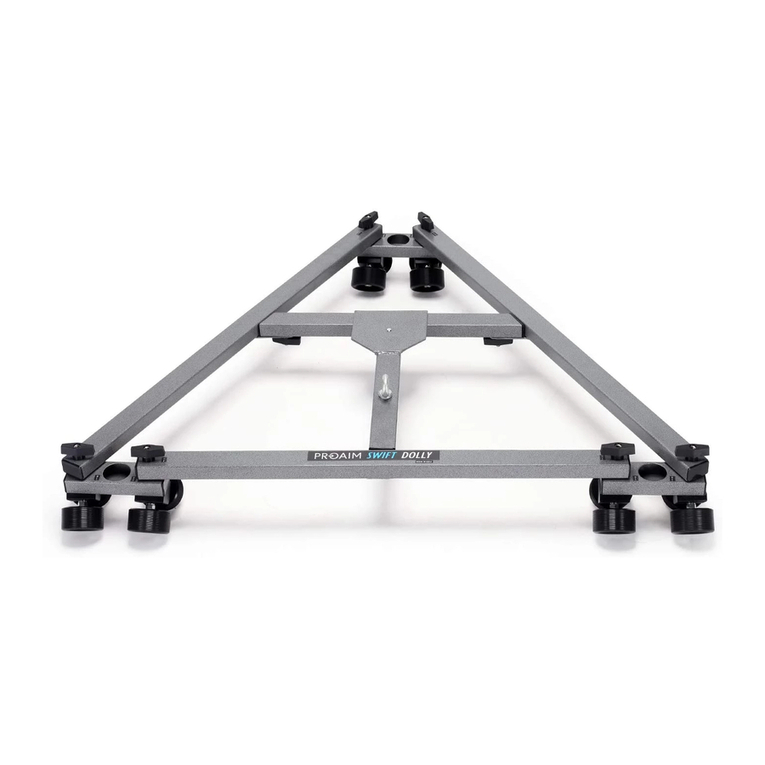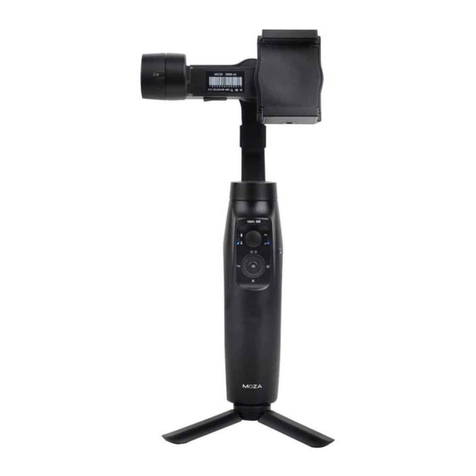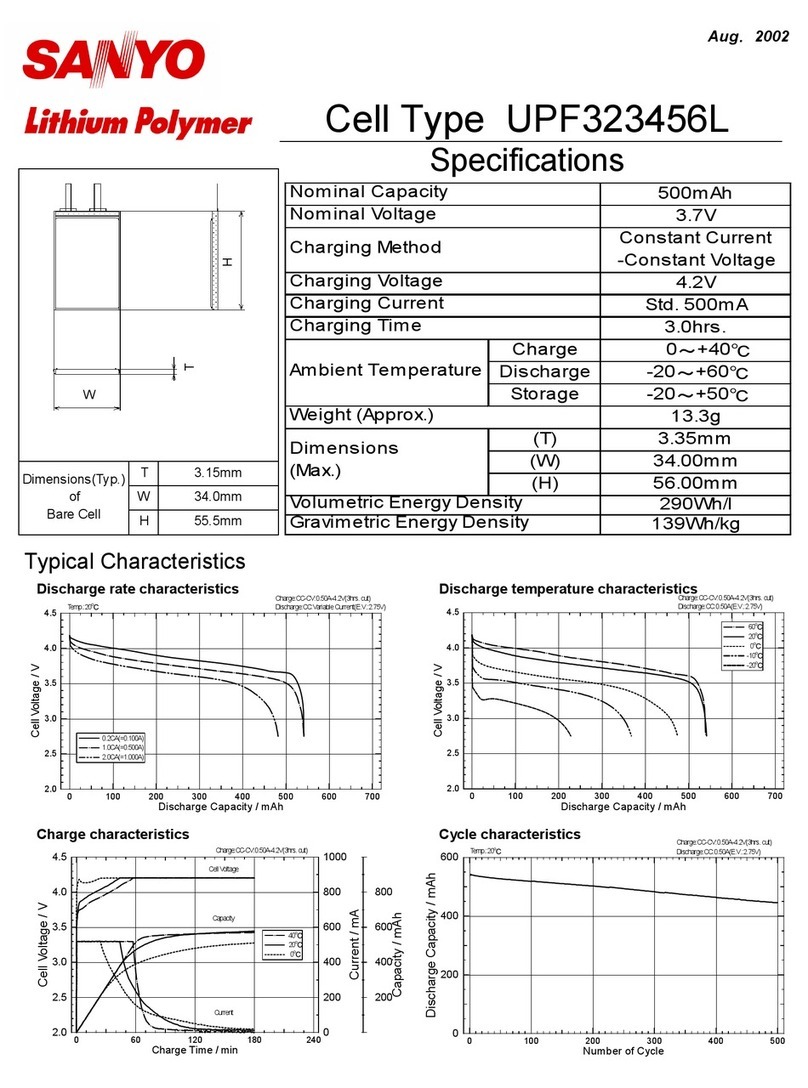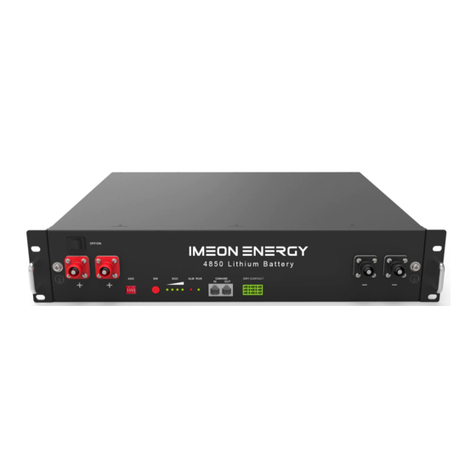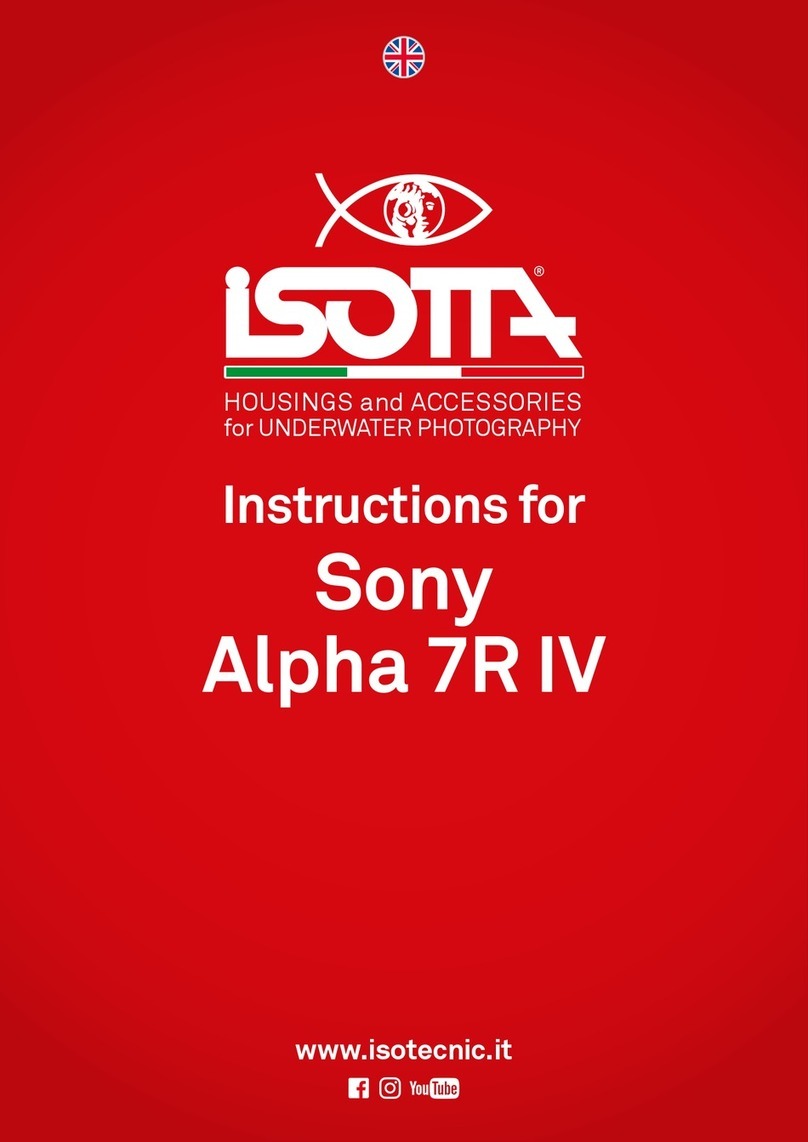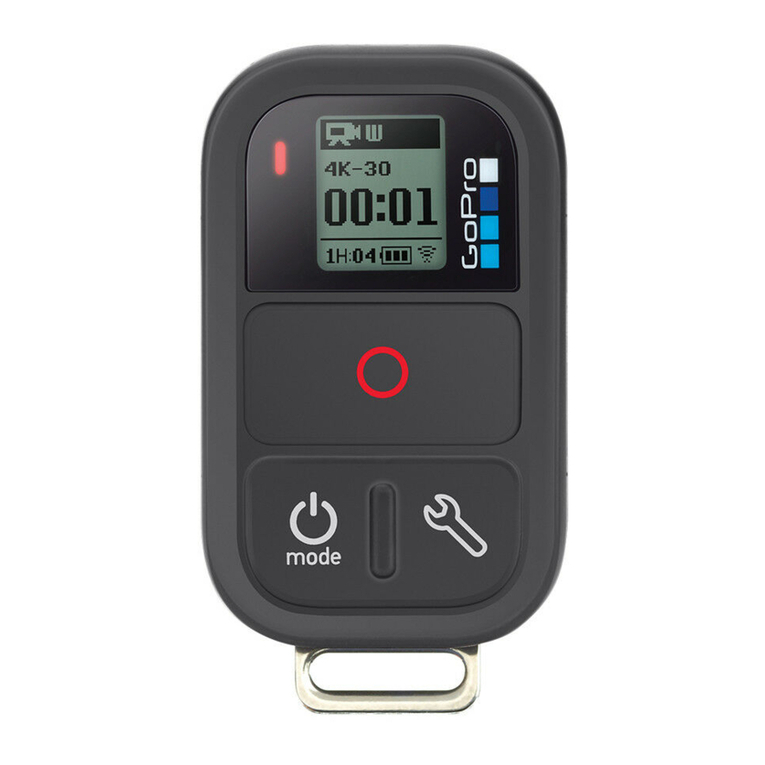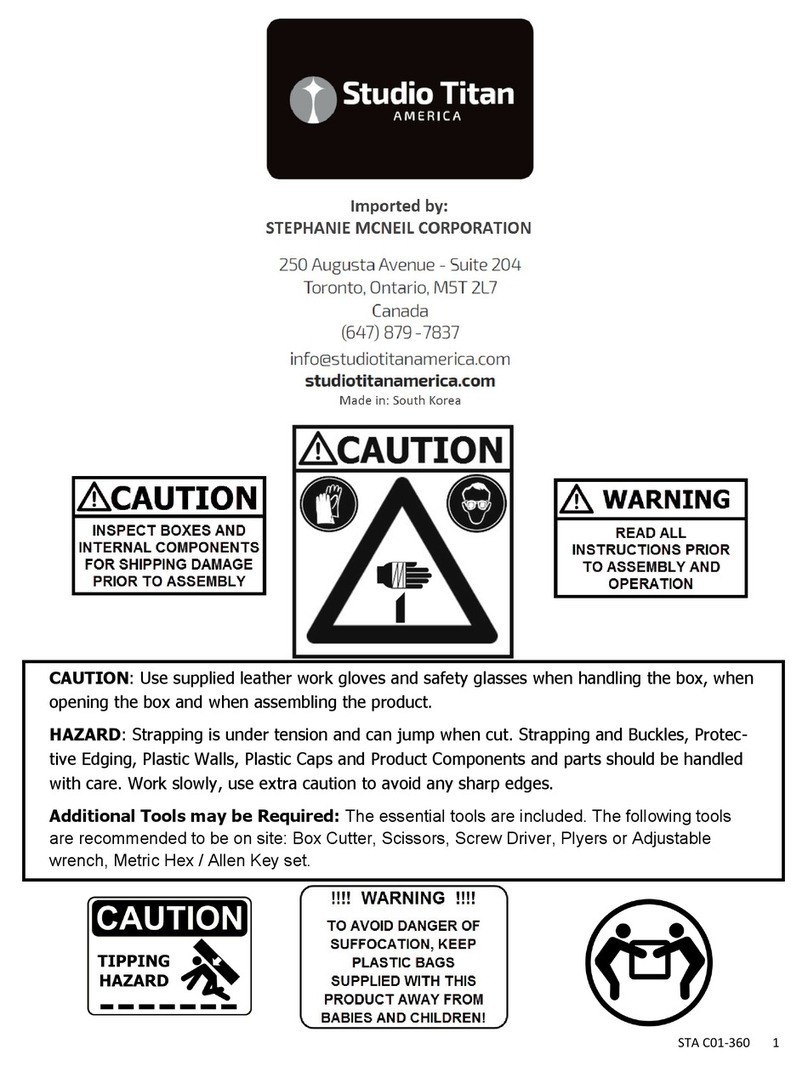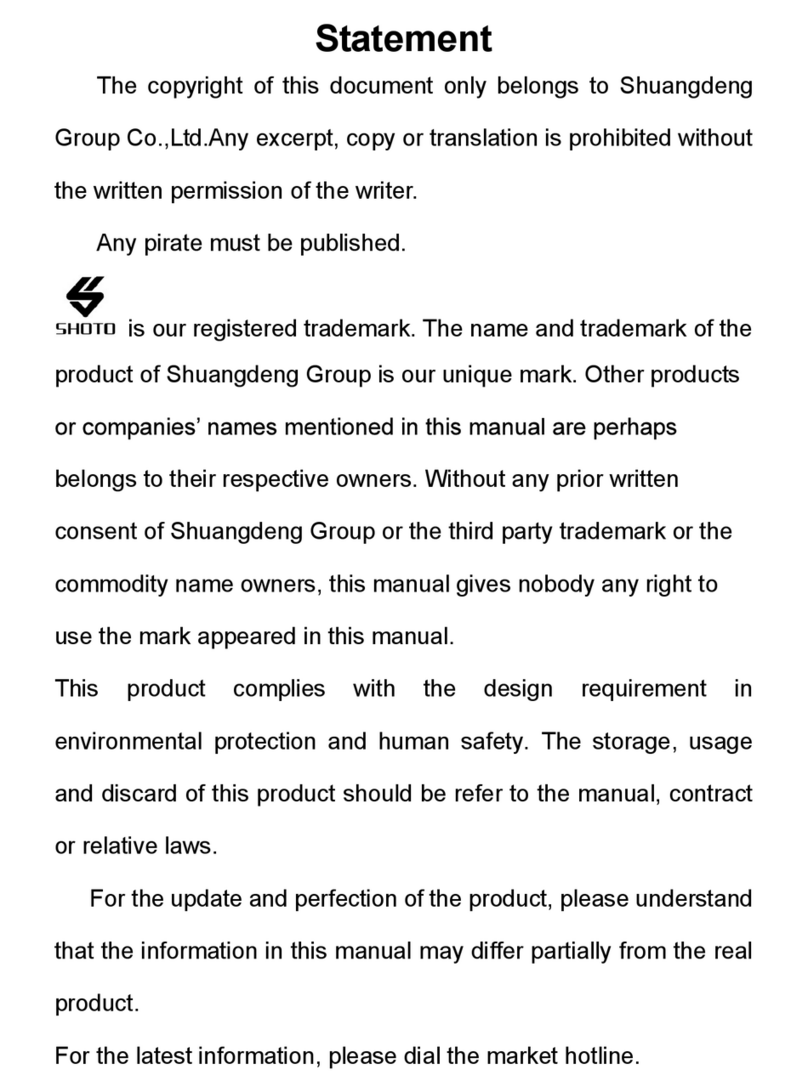BOLEX H Declic User manual

e
z" ,
..
&
H Declic Hand grip
Instructions for use

This
hand
grip
is designed
for
use
with
the
H16 and H8 cameras
with
flat
bases. A
quick
attachment
device enables
it
to
be
mounted
and removed instantaneously.
An
adapter
(fig. 1)
fitted
to
the camera base enables
the
hand
grip
to
be locked in
position
when
the
lever (b) is operated (see fig. 3).
1.
Mounting
the
adapter
on
the
camera
The
adapter should be
fitted
into
the
forward
threaded hole in the camera base (see
fig.
2).
On fig.
1,
note the
locking
pin (c).
This
fits
into
the
groove
(d) in
the
camera base
(fig. 2).
To
safeguard
against
any
possible
play, proceed as
follows:
-
a
Fig. 1
-Loosen screw (s).
b-+f-:--=-I
-Place
the
locking pin (c) in
the
groove
in
the
camera
base;
screw
up and
slightly
tighten
the
screw
(a)
of
the
adapter
using
a screwdriver
or
a
coin.
-
Tighten
the
screw (e).
When
turned,
this
screw
opens
the
jaws
which
form
the
two
parts
of
the
locking
pin,
thus
eliminating
all play between
the
sides
of
the
groove
and
the
pin.
-
Tighten
screw (a)
firmly.
2.
Mounting
the
hand
grip
on
the
camera
After
screwing
the
adapter on
to
the
camera,
mount
the
hand
grip
as
follows
:-
-Press
the
locking catch (f)
to
free
the
lever (b). •
-Move
the
lever back, as
shown
in
fig
3.
The
attachment
device is
now
« open
».
-Place
the
platform
of
the
hand
grip
against
the
base
of
the
camera, so
that
the
adapter
fits
into
its
seating.
Fig.2

-Move the lever forward
until
the locking
catch (f) resumes its original position.
The hand
grip
is
now
firmly fitted
to
the
camera.
Adjusting
the
hand grip
The two stops (h) and (j) at the rear of
the
platform prevent any movement of the hand
grip
against
the
camerq base. The movable
stop (j) enables any play between the base
and the
two
stops
to
b~eliminated.
Slightly
loosen the lever (b) and turn the hand grip
against the stop (h). Then loosen the screw
(k) and set the stop (j) against the base
to
I
eliminate any existing play. Tighten
the:
screw (k) and the lever. (b). Once
this
has I
been done, the hand grip can
be
removed
and replaced very quicklyat any time, as long
as the adapter is left on the base of the ca-
mera. The adapter can also be used with a
Bolex
tripod
(same method of attachment).
Using the hand grip
The
two
levers (I) and (m)
limit
the
back and
forward movement of the release on
the
hand grip.
Lever
(I)
Turn
the lever
to
the
rear (backward travel
limited)
for
normal running.
The
camera
stops when the
finger
is taken
off
the
trigger.
Turn
the lever forward (maximum backward
travel)
for
continuous
running when
the
hand grip
trigger
is
fully
depressed -when
closing a scene with a fade-out,
for
example,
achieved withthe help ofthe RX-Fader (Rexo-
fader)
for
H16
and
H8
Reflex cameras.
Fig. 3

Lever
(m)
This
lever should
be
raised (forward travel
limited), except when using a Vario-Switar
zoom lens (see below).
To
lift
this
lever,
depress the trigger half way, push the lever
upwards, then let go
of
the
trigger
.
Adjusting
the
end-ot-movement
stop
If
it is found
difficult
or impossibleto achieve
continuous running with the camera
by
depressing the hand grip trigger, the travel
of the release
can
be
increased.
This
travel
is in fact limited
by
an
adjustable stop (p)
locked
by
the screw (r), (fig.
4).
Loosen
this
screw and adjust the
stop:
-
a)
by
unscrewing, to increase the release
movement.
b)
by
tightening, to
limit
it.
When the correct adjustment is achieved,
lock the screw (r).
Adjusting
the
strap
The length of the strap can
be
adjusted. For
left hand use the strap can
be
moved simply
to the other side.
-Remove the screw (n).
-Undo the
two
small screws (0),
lift
off the
U-shaped fixing device and replace
it
on
the other side.
-Replace and tighten the screws.
For
Vario-Switar
36
or
86
zoom
lenses
The special connecting cable (code
DEVAR)
is necessary.
-Move the lever (m) down
to
obtain maxi-
mum forward travel
of
the release.
Fig
. 4

-First, screw the end of the connecting
cable
into
the threaded hole in the pre-
selection device on the lens.
-Then screw the other end
into
the hand
grip (fig.
5),
keeping a finger on
the
release. The length of the cable
is
cor-
rectly adjusted when there is absolutely
no play and when the slightest pressure
on
the hand grip
trigger
moves the pre-
selection plunger of the lens.
-
To
check that the pre-selection device is
functioning
properly, fully depress the
trigger
and make sure the diaphragm of
the lens closes to its correct setting at
the moment the camera starts.
-Lock the connecting cable
by
tightening
up the screw(s), (fig. 5).
N. B.
If
the cable is correctly adjusted,
it
will
be
0_--..:._
.
impossible
to
engage the camera
conti-
nuous running position from the hand grip,
even if the lever (I) is turned forward.
This
is
quite normal. The Vario-Switar
36
and
86
are constructed in such a way thatthe move-
ment of the control cable of the diaphragm
pre-selection is limited.
Don't
use force.
Simply turn the lever (I) backwards.
For
Vario-Switar
36
EE
or
86
EE
zoom
lenses
Proceed as described above
for
the Vario-
Switar
36
or
86.
The cable is correctly ad-
justed when there is roughly 1 mm play
between the movement
of
the hand grip
release and that of the pre-selection plunger
in the lens. Check the correct
functioning
Fig
, 5
n

of
the diaphragm pre-selection device in the
same way
as
described above
for
the Vario-
Switar
36
or
86.
N. B.
If
the cable is correctly adjusted, the lever (I)
can
be
turned freely and dissolves
can
be
made with the RX-Fader (Rexofader). For a
fade-out, however, the function
of
the pre-
selection device of the lens makes
it
neces-
sary to take the following
precaution:
after
fully depressing the hand grip trigger until
the camera release locks in the continuous
running position, remove the operating
fin-
ger instantly, so thatthe pre-selection device
has no
time
to operate. The diaphragm
aperture
will
not change and the control
lever of the RX-Fader (Rexofader)
can
be
operated to gradually close the shutter and
bring the camera mechanism to a stop.
PAILLARD S.A. Sainte-Croix (Switzerland)
ME 51
7/66
Anglais Printed in Switzerland
Table of contents
Popular Camera Accessories manuals by other brands
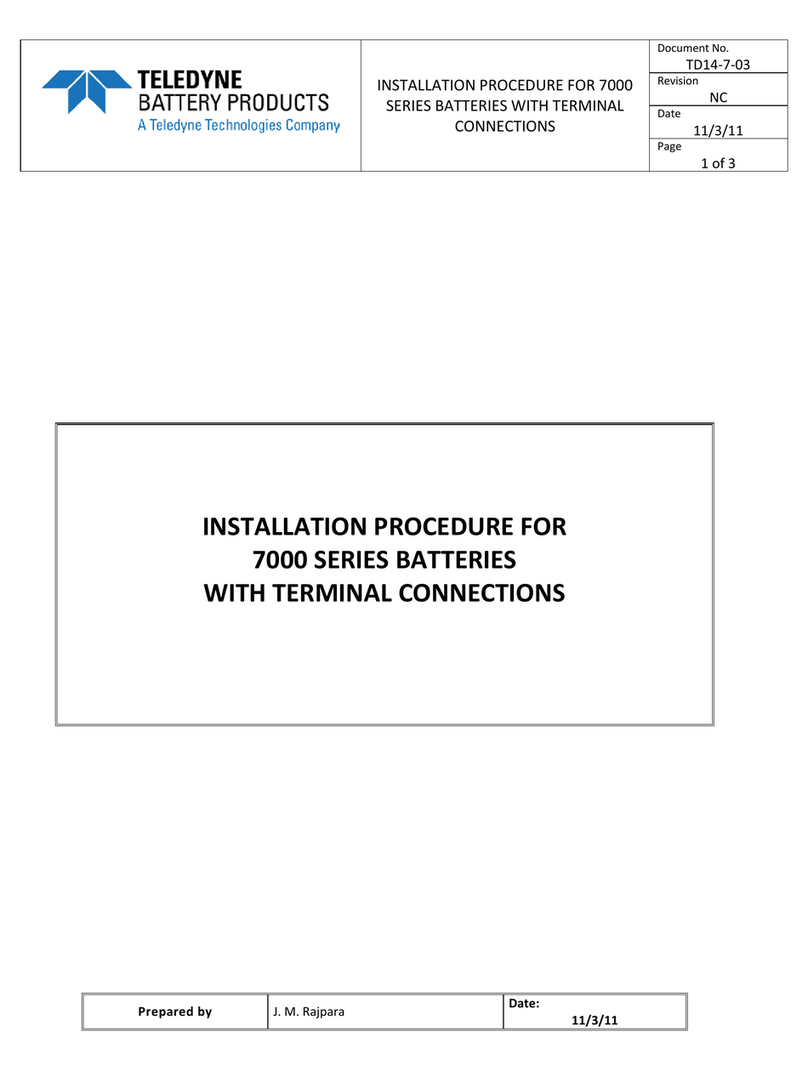
Teledyne
Teledyne 7000 Series INSTALLATION PROCEDURE

Sony
Sony APK-THAB Operating Instructions -... operating instructions
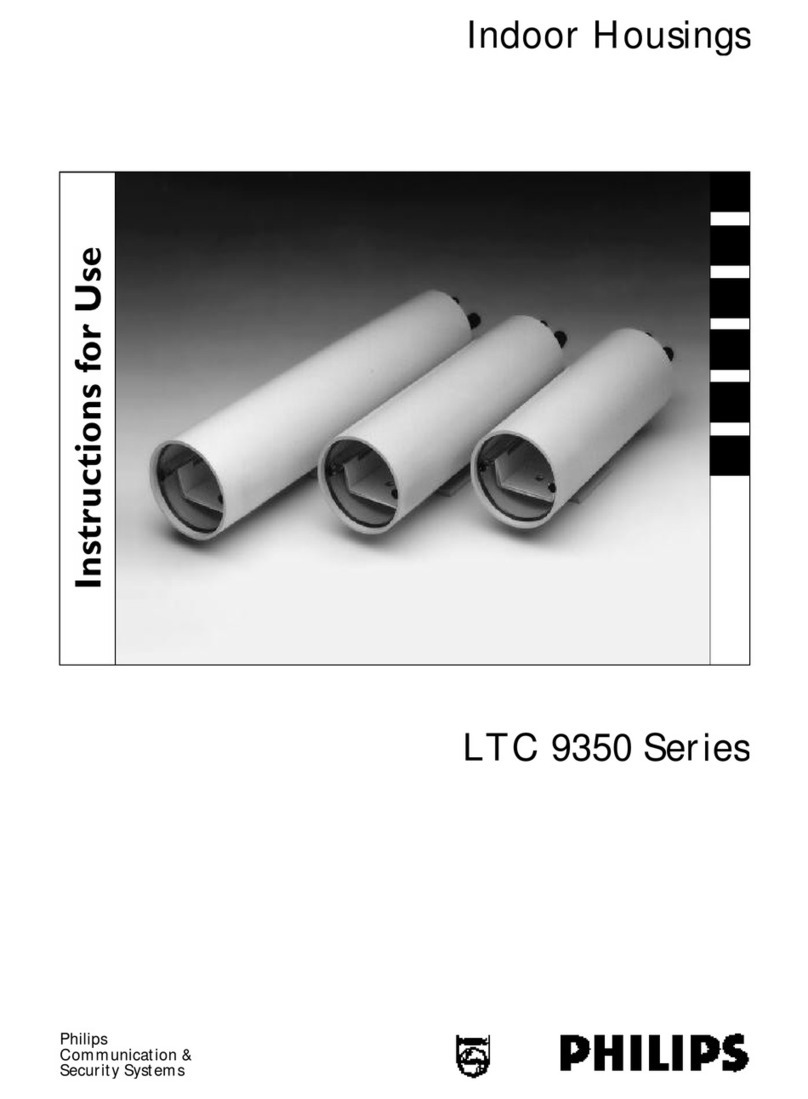
Philips
Philips LTC9353/00 Instructions for use
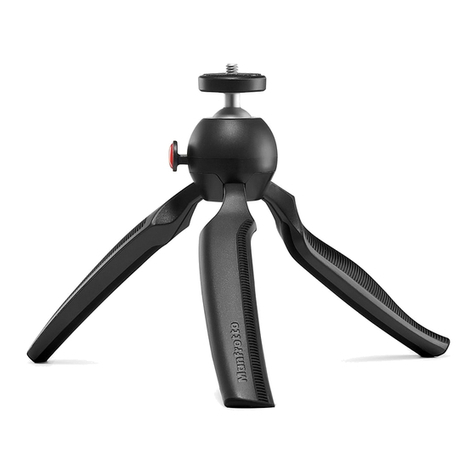
Manfrotto
Manfrotto Joby Pixi Plus instructions
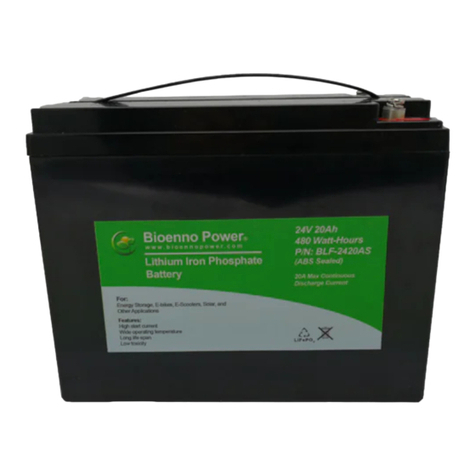
Bioenno Power
Bioenno Power BLF-2420AS quick start guide

Canon
Canon pz-e1 instruction manual
